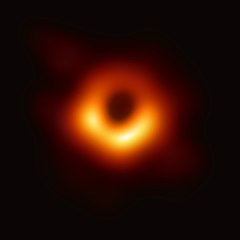
Shannon Mattern has recently written about mapping nothing: from the ‘here be dragons’ on old maps marking the limits of knowledge and the promise of new discoveries, to the perception of the Amazon rainforest as an unpeopled wilderness until satellite imagery revealed pre-Columbian geoglyphs which had been largely invisible on the ground. In her wide-ranging essay, she makes the point that nothingness is always something: “A map of nothing demonstrates that an experiential nothingness depends upon a robust ecology of somethingness to enable its occurrence” (Mattern 2021). The question, of course, is what that something actually is.
Nothingness is something that has long been an issue in databases. Null is traditionally used to represent something missing. As null is not a value, it is technically and meaningfully distinct from zeros and empty strings which are values and hence indicators of something. Although this seems straightforward, the boundaries begin to blur when some guides to SQL, for instance, define null in terms of both missing and unknown values. After all, if something is missing, then we know we are missing it; if something is unknown, then we don’t know whether or not it was ever something. Indeed, Codd, in his classic book on relational databases argued that null should also indicate why the data is missing, distinguishing between a null that is ‘missing but applicable’, and a null that is ‘missing but inapplicable’ (Codd 1990, 173), but this was never adopted. Consequently, nulls tend to have a bad reputation because of the ways they may variously be used (mostly in error) as representing ‘nothing’, ‘unknown’, ‘value not yet entered’, ‘default value’, etc. in part because of messy implementations in database management systems.


